
Big Man Basketball Drills have accelerated he evolution of basketball and significantly changed the role and skills required for big men. This blog post will delve into “Big Man Basketball Drills” designed to help these towering athletes adapt and excel in today’s fast-paced game.
Whether you’re a coach, an ambitious player or a parent supporting your talented big guy, we’ll provide insight on identifying the physique and skills that make good big men in modern basketball. We’ll also outline basic drills focusing on fundamentals such as making tough catches and improving foot speed.
Beyond basics, we’ll discuss specialized defensive drills for big men, advanced skill development exercises like mastering the three-point shot immediately after rolling fast from screens, agility enhancement techniques and even point guard drills adapted for tall players. You can expect strength conditioning workouts specifically tailored to enhance a big man’s performance on court too.
Furthermore, we’ll guide you through incorporating these “Big Man Basketball Drills” into regular training regimes effectively. Lastly, learn from case studies of successful NBA stars who’ve transformed their games using similar strategies.
Table of Contents:
- I. Introduction
- II. Identifying the Physique and Skills of Successful Big Men in Basketball
- III. Basic Basketball Drills for Big Men
- IV. Defensive Stance: Specialized Defensive Drills for Big Men
- Advanced Skill Development: Specialized Drills for Big Men
- VI. Agility and Speed Enhancement: Drills for Big Men
- VII. Passing Mastery: Honing Big Man Skills with Point Guard Drills
- Strength and Conditioning: The Big Man Workout
- IX. Incorporating Drills into a Big Man’s Training Regimen
- X. Learning from the Best: Big Men Case Studies and Their Drills
- FAQs in Relation to Big Man Basketball Drills
- Conclusion
I. Introduction
There’s no denying the crucial role that a big man plays in basketball. They’re like offensive powerhouses on the court, dominating both ends of the floor. And to reach that level of dominance, basketball drills are the secret sauce.
Becoming a successful big man starts with understanding the physical and skill requirements of the position. It’s all about mastering those basketball drills designed specifically for big men, baby.
1.1 Unpacking the Role of an Offensive Powerhouse: The Big Man in Basketball
A team’s offensive strategy revolves around its big man. They’re expected to score points, secure rebounds, and even set up scoring opportunities for teammates. It takes a combination of physical might, swiftness, expertise, and savvy to be successful as a big man on the court.
1.2 Basketball Drills: The Stepping Stones to Skill Enhancement for Big Men
Basketball drills are the stepping stones that ambitious players use to hone their skills over time. From basic post-up moves to fancy footwork techniques, each drill focuses on developing specific aspects necessary for dominating the paint or beyond.
To truly grasp the impact of these drills, just look at basketball legends like George Mikan. He created his own iconic drill, “The Mikan Drill,” which is still used today. And let’s not forget modern giants like Anthony Davis and Joel Embiid, whose signature moves were honed through countless hours of specialized drills tailored just for them.
“Mastering basketball drills is the key to becoming a dominant big man on the court. Learn how these exercises can enhance your skills and take your game to new heights. #BasketballTraining #BigManDrills”Click to Tweet
II. Identifying the Physique and Skills of Successful Big Men in Basketball
The big man, a term synonymous with power forwards and centers, is an essential component of any successful basketball team. They tower over their teammates, both in height and strength, dominating the game on both ends of the court.
2.1 The Ultimate Hybrid: Big Men as Offensive and Defensive Forces
Big men aren’t just about scoring and blocking shots – they’re the ultimate hybrid players who can do it all. From setting screens to making key defensive stops, they influence every aspect of the game.(source)
2.2 Strength Building: The Bedrock of a Basketball Player’s Training
To hold their ground against other powerhouses, big men need serious strength training. Pumping iron and targeting different muscle groups will help them build the necessary strength.
2.3 Speed and Agility: The Secret Arsenal of a Post Player
Brute force alone won’t cut it for post play (source). Big men must be fleet-footed and agile to stay ahead of opponents while keeping possession.
2.4 Owning the Court: Rebounds and Boxing Out in the Low Post
Rebounds are a big man’s bread and butter (source). Mastering the art of boxing out opponents increases their chances of securing rebounds on both ends of the court. Rebounding and following all teaching points of boxing out are the solid base of all big players seeking trust and playing time from their basketball coach.
“Unlock your inner big man potential with these essential basketball drills. Develop strength, speed, and rebounding skills to dominate the court. #BasketballTraining #BigManDrills”Click to Tweet
III. Basic Basketball Drills for Big Men
The role of a big man in basketball is crucial. Mastering these drills will level up their game. Focus on post moves, pick-and-roll, boxing out, and hook shots.
3.1. Mastering Post Moves: Essential Post-Up Drills
Post-up drills are a must for big men to develop an effective offensive strategy.
3.1.1 Dominating Both Sides: Back-to-the-Basket Drills
Improve footwork and body control by executing drills that involve facing the basket. Keep your back to the basket like a pro.
3.1.2 Frontal Assault: Face-Up Moves for Left and Right Hands
Become a versatile offensive player with face-up move drills. Attack from different angles with both hands.
3.2 Stepping Up: Pick-and-Roll Drills for the Next Level
Master the pick-and-roll, a potent play in basketball, through repetitive drills.
3.3 Claiming the Rebounds: Effective Boxing Out Drills
Dominate rebounds with regular boxing out drills. Gain better positioning against opponents. We still like the superman drill as a simple way of exploding to the ball rather than reaching up and back for rebounds. Work on your timing on both the left side and right side of the rim in this simple drill.
5 Sharpening The Hook: Hook Shot Drill For Big Man
The hook shot is a powerful weapon in a post player’s arsenal. Hone it with specific hook shot drills.
“Level up your game as a big man in basketball with these essential drills: post moves, pick-and-roll, boxing out, and hook shots. #BasketballTraining #BigManDrills”Click to Tweet
IV. Defensive Stance: Specialized Defensive Drills for Big Men
As a big man in basketball, you’re the last line of defense. Your size and strength are crucial for stopping opponents from scoring inside the paint. Here are some drills to boost your defensive skills:
4.1 Rejection: Shot Blocking Drills for Defensive Mastery
Block shots like a boss. The Shot Blocking Drill hones your timing and leaping abilities, so you can swat away shots without fouling. The Shell Drill is a start to understand positioning and ball and man awareness. It’s an excellent drill but you also need to be able to work on getting good position, taking a charge and getting blocking shots in that great drill.
We recommend simply having one big line up in the corner, then high post, then opposite low post. Have guards lineup at the wing and attack the rim trying to finish with a power layup off two steps and same hand same foot takeoff. Time to shine big men! Work on your shot blocking as the help defender in half court.
4.2 Staying Grounded: Defensive Positioning and Footwork Drills
Stay solid on defense with killer footwork. The Defensive Slides Drill improves your lateral quickness and balance, keeping you in front of your opponent. The zig zag drill is often neglected for big men, but you must be able to get one turn on defense when you switch onto a guard in your defensive position.
4.3 Holding the Fort: Boxing Out and Defensive Rebounds in Low Post
Rebound domination requires more than just height. Learn proper boxing out techniques and anticipation skills with the Box-Out Battle Drill, giving you an edge in securing those all-important boards.
By incorporating these drills into your training routine, you’ll level up your defensive game as a big man in basketball. You’ll be an invaluable asset on both ends of the court.
“Level up your defensive game as a big man in basketball with these specialized drills. Improve shot blocking, footwork, and rebounding skills. #BasketballTraining #BigManSkills”Click to Tweet
Advanced Skill Development: Specialized Drills for Big Men
Being a large presence on the basketball court is an important factor. It’s not just about size and strength, but also finesse and advanced skills that can only be honed through specialized drills.
5.1. Advanced Footwork: Drop Step Drills for Big Men
Get your feet moving with drop step drills. Improve your speed, agility, and balance like a boss.
5.2 Sneaky Scoring: Up-and-Under Move Drills
Catch your opponents off guard with the up-and-under move. Score points and leave them scratching their heads.
5.3 Commanding the Court: High-Post Drills from Top of the Key
Take charge from the high post or top of the key. Enhance your shooting, passing, and decision-making skills like a true court commander.
Remember, practice makes perfect. So keep grinding and perfecting those moves. Consistency is key.
And don’t forget, growth happens outside your comfort zone. So push yourself and become an unstoppable force on the court.
“Level up your game with specialized drills for big men. Master advanced footwork, sneaky scoring moves, and commanding the court skills. #BasketballTraining #BigManDrills”Click to Tweet
VI. Agility and Speed Enhancement: Drills for Big Men
In basketball, big men need more than just size and strength. They also need agility and speed to move like gazelles on the court. It’s like watching a rhino do ballet.
6.1. Foot Speed: Ladder Drills for Young Athletes
Want your young athletes to have quick feet? Try ladder drills like the Icky Shuffle, In-Outs, and Sideways Hops. They’ll be dancing through defenses in no time.
6.2 Faster Reactions: Cone Drills for Big Men
Big men need lightning-fast reactions. Cone drills, like the Zig-Zag, will have them changing directions quicker than a squirrel dodging traffic.
6.3 Building a Solid Foundation: Plyometric Drills for Better Positioning
Building explosive power is key for big men. Plyometric drills, like box jumps and depth jumps, will have them leaping higher than a kangaroo on a trampoline.
Remember, these drills aren’t just about doing them. They’re about mastering them. So practice, practice, practice until they become as natural as breathing. And don’t forget to consult expert trainers for proper guidance.
Now go out there and dominate the court like a beast.
” Want to dominate the court like a beast? Check out these agility and speed drills for big men. #BasketballTraining #PlayerDevelopment”Click to Tweet
VII. Passing Mastery: Honing Big Man Skills with Point Guard Drills
To develop these skills, it’s beneficial to incorporate point guard drills into your training regimen.
7.1 Directing Play: Chest Pass Drills for Improved Ball Handling
The chest pass is fundamental, but crucial. It’s like throwing a ball from your chest to a teammate. This drill improves accuracy, speed, and ball handling skills.
7.2 Subtle Scoring: Bounce Pass Drills for Open Opportunities
Bounce passes catch defenders off-guard, leading to open scoring chances. Practice these drills to make precise passes under pressure.
7.3 Overhead Advantage: Drills for Enhancing Weak Hand Passes
An overhead pass gives you an advantage by allowing you to see over defenders and find open teammates easily. Practice with both hands to strengthen weak hand passes and improve overall accuracy.
Incorporating these point guard drills into your routine will enhance your versatility as a player and give you an edge over opponents who may underestimate your abilities. Remember, every great player masters fundamentals before flashy moves.
“Level up your big man skills with these point guard drills. Improve passing accuracy, speed, and ball handling for a versatile game. #BasketballTraining”Click to Tweet
Strength and Conditioning: The Big Man Workout
When it comes to basketball, being strong and fit is just as important as nailing those fancy skills. And for big guys, it’s even more crucial. No pressure, right?
8.1. Building Muscle: Pumping Iron for Hoops Domination
If you want to level up your game, you gotta hit the weights. Squats for powerful legs and bench presses for a beastly upper body are just the beginning. Get ready to flex those muscles.
8.2 Endurance Training: Cardio to Outlast the Competition
Long games? No problem. Boost your stamina with cardio drills like sprinting intervals and long-distance running. You’ll be running circles around your opponents.
8.3 Core Power: Unleash the Beast Within
Balance and stability are key for dominating the post. Strengthen your core with planks, Russian twists, and medicine ball throws. You’ll be an unstoppable force.
For a complete workout plan designed specifically for big men in basketball, check out this awesome guide from HoopSkills. Repeat performance is the key.
Oh, and don’t forget to give your body some love. Rest and recovery are just as important as the workouts themselves. So take a breather and come back stronger than ever.
“Get ready to dominate the court with these big man basketball drills. Pump iron, boost endurance, and unleash your core power. Check out this guide for a complete workout plan. #BasketballTraining #BigManDrills”Click to Tweet
IX. Incorporating Drills into a Big Man’s Training Regimen
In the pursuit of basketball greatness, drills are your secret weapon. As a big man, you must use drills to bolster your on-court prowess and maximize your potential.
9.1 Structured Improvement: Crafting a Balanced Offensive Strategy for Teams
Analyze your squad’s strong points and deficiencies to enhance your play. Incorporate basketball plays like pick-and-roll or post-up moves to create scoring opportunities and improve your skills.
Master the basics first, then gradually add complexity. It’s like building a tower of skills, one block at a time, without toppling over.
9.2 Continual Growth: Tracking Progress with Simple Drills
Keep the momentum going by tracking your progress with simple yet effective drills. Use ladder exercises to boost your foot speed and practice shot blocking to become a defensive beast.
Record your personal bests and challenge yourself to beat them every session. It’s all about raising the bar and leaving your old records in the dust.
9.3 Comprehensive Approach: Merging Drills for All-round Training
Don’t restrict your exercise to a single form. Take a comprehensive approach by combining strength building, speed enhancement, and shooting practices in one session.
By diversifying your training, you’ll become a Swiss Army knife on the court, ready to handle any challenge. It’s like having a hidden advantage in your arsenal.
” Elevate your game as a big man with these effective drills. Craft a balanced offensive strategy, track progress, and take a comprehensive approach to become unstoppable on the court. #BasketballTraining #BigManDrills”Click to Tweet
X. Learning from the Best: Big Men Case Studies and Their Drills
The basketball world has been graced by legendary big men who dominated the court with their skills, strength, and agility. These players revolutionized the game and left behind a legacy of signature drills that inspire young athletes.
10.1 Lessons from Legends: George Mikan and the Iconic Mikan Drill
George Mikan, aka “Mr. Basketball,” was a scoring maestro around the basket. The Mikan Drill, named after him, develops ambidexterity for layups under pressure.
- Start under the basket.
- Shoot a right-handed layup using your right foot’s momentum.
- Catch your own rebound without letting it bounce.
- Immediately go up for a left-handed layup using your left foot’s momentum.
- This continuous motion improves rhythm, coordination, and finishing at close range.
10.2 Success in Action: Modern Big Men and Their Signature Drills
Recent years have seen big men such as Shaquille O’Neal and Tim Duncan redefine dominance in the paint through their individual playing styles.
- Shaquille O’Neal: Known for his power dunking style, honed through explosive jumping drills and ball control mastery. Learn more.
- Duncan’s Bank Shot: Tim Duncan perfected his bank shot technique by practicing hundreds of shots daily against different defensive scenarios. Read more.
Ambitious players can learn from these legends’ training regimes and incorporate similar drills into their routines. Whether you want to improve post moves or enhance speed and agility, there are valuable lessons from these giants of basketball history.
“Unlock your inner big man skills with these legendary drills. Learn from the best and dominate the paint like George Mikan, Shaq, and Tim Duncan. #BasketballTraining #BigManDrills”Click to Tweet
FAQs in Relation to Big Man Basketball Drills
– Don’t go off-topic and start talking about other sports or unrelated subjects, stick to basketball. – Unless it directly relates to their training and development as big men in basketball, avoid discussing the personal lives of players. – Stay away from controversial topics like doping, gambling, or scandals in basketball. – No need to compare different sports or athletes that have nothing to do with the topic at hand.
How to Make a Big Man Better in Basketball?
To improve as a big man in basketball, focus on honing skills like shooting, passing, rebounding, defending, and conditioning through specialized drills.
What Do Big Men Do in Basketball?
Big men typically play center or power forward positions, where they excel at blocking shots, grabbing rebounds, and scoring close to the basket.
How to Do the 11 Man Basketball Drill?
The 11 Man Drill is all about continuous motion, involving passing, cutting, and shooting with multiple players to enhance skill development.
How to Teach Man-to-Man Defense in Youth Basketball?
Teaching man-to-man defense to young players requires emphasizing fundamentals like footwork and positioning, using drills that focus on defensive stances, lateral movement speed, and staying between the opponent and the basket.
Conclusion
This blog post covers everything you need to know about Big Man Basketball Drills – from identifying the right physique and skills to nailing the fundamentals, mastering defense, and even getting faster and stronger.
But wait, there’s more! We’ll also dive into point guard drills for passing mastery and share some inspiring case studies of successful big men.
So, if you’re ready to take your game to new heights, grab your basketball and let’s get started!





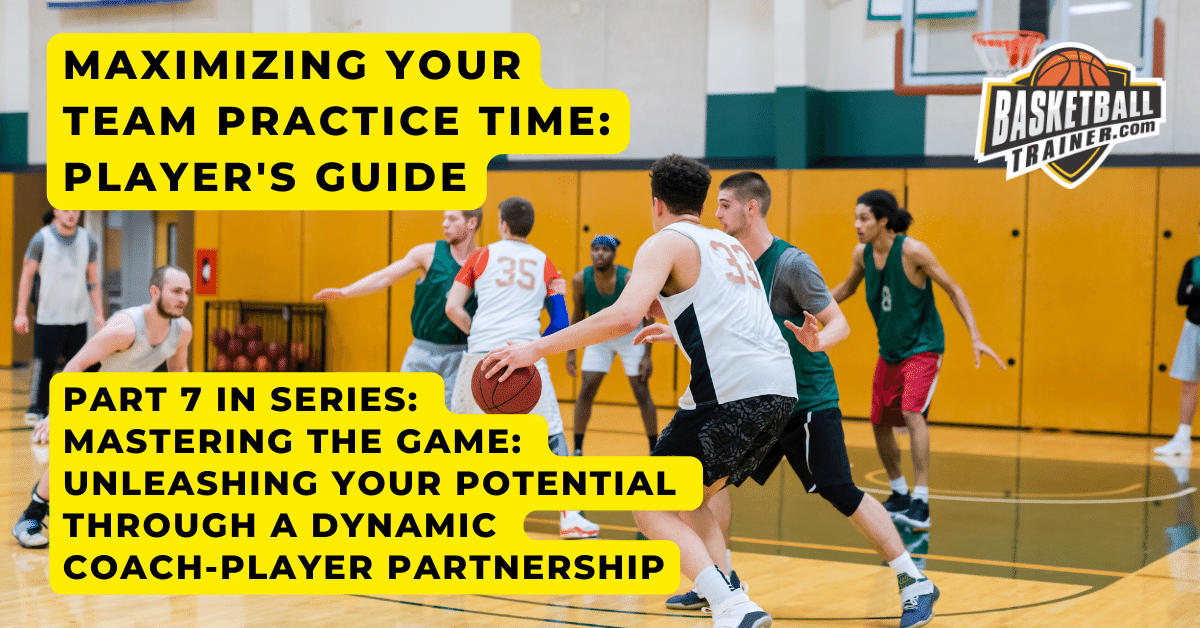
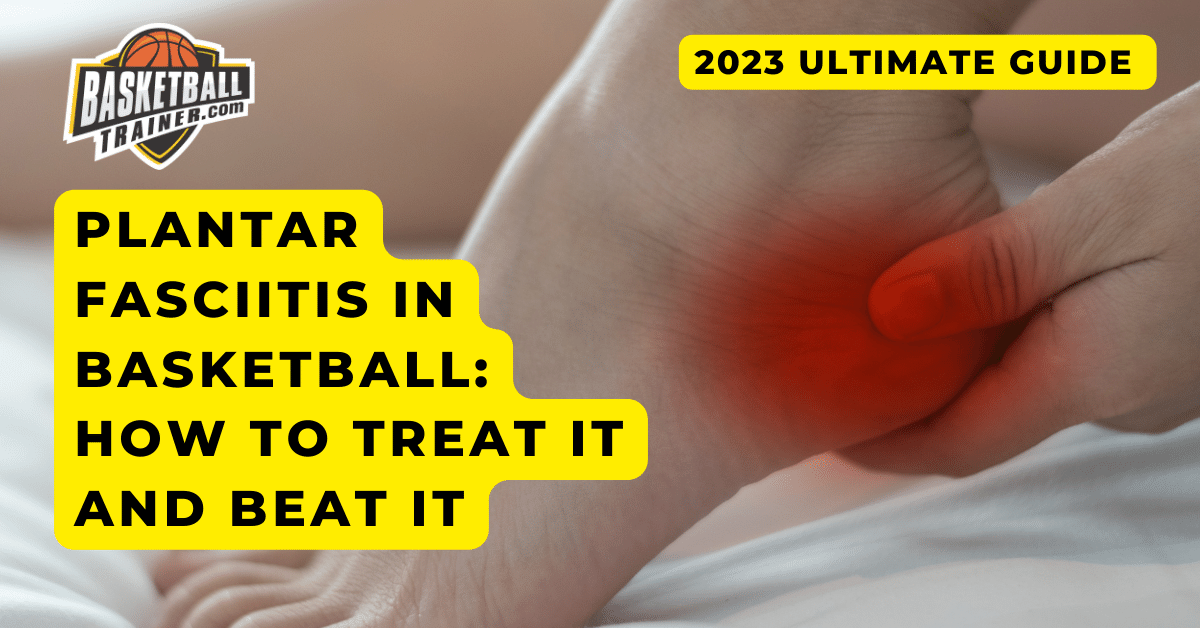






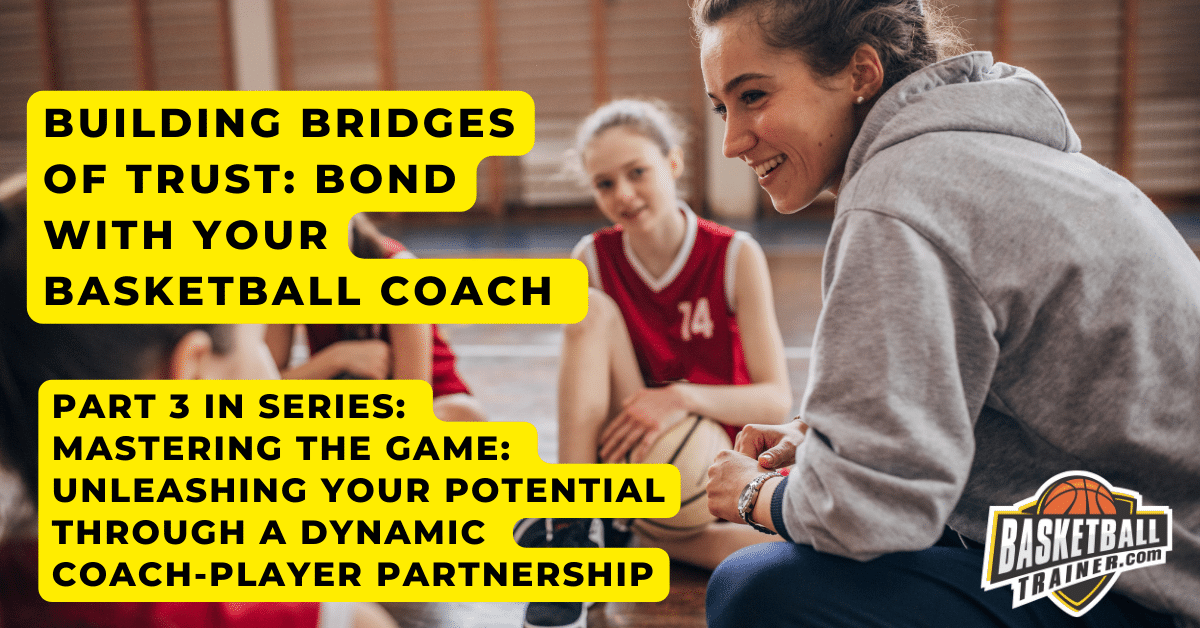

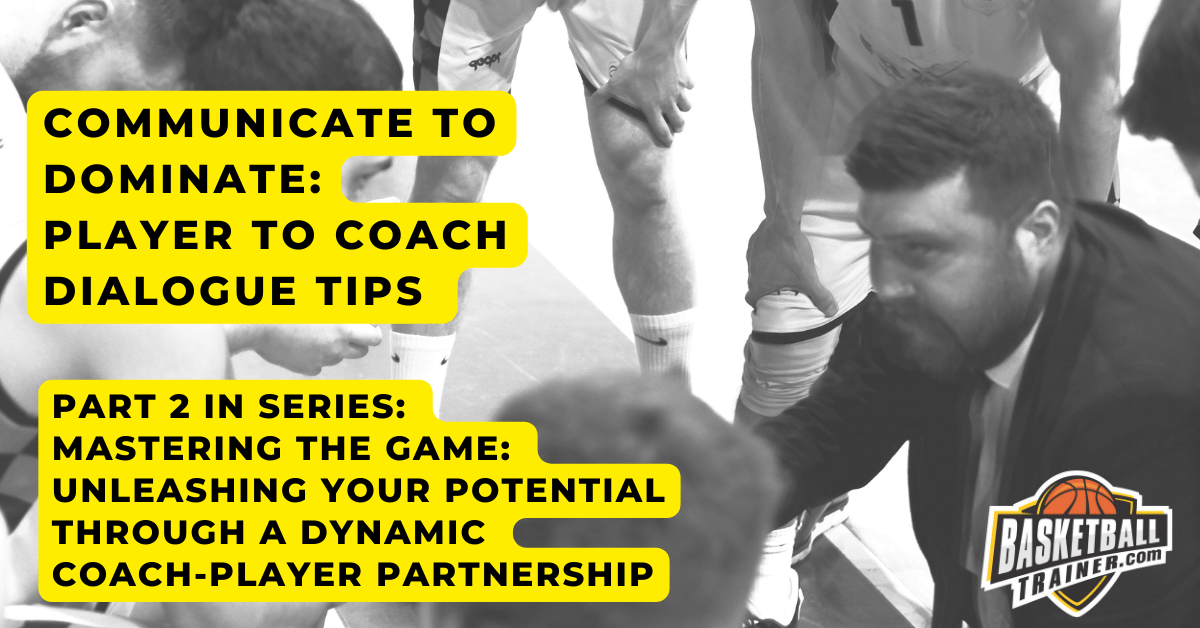
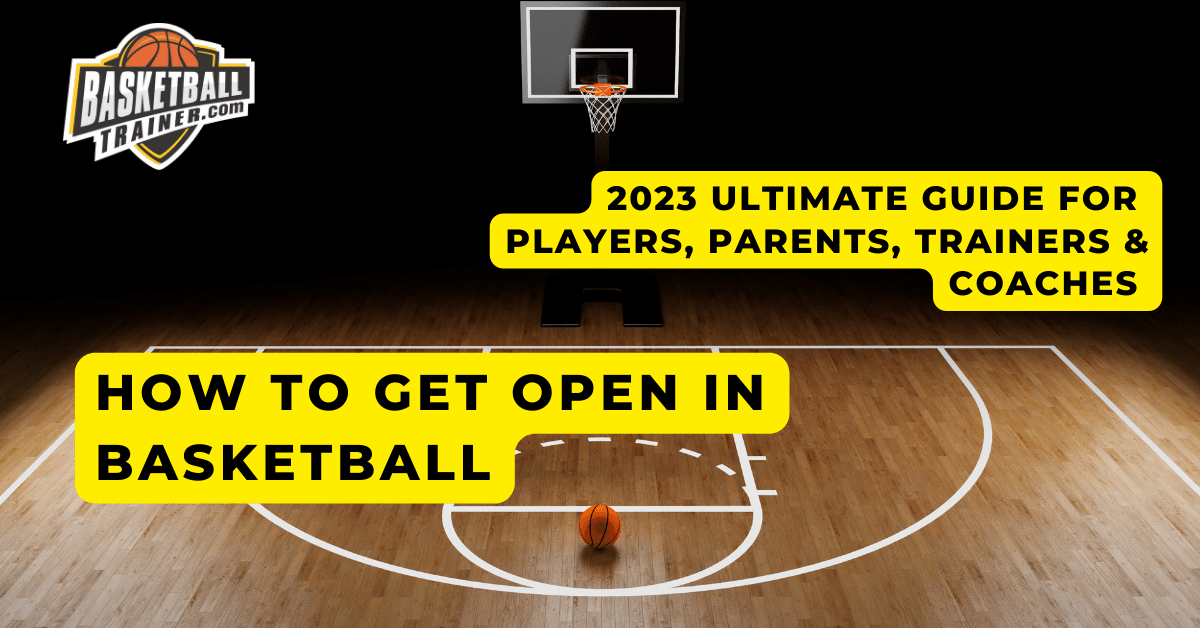 Understanding how to get open in basketball is a critical skill for any ambitious player. It’s the key to creating scoring opportunities and maximizing your impact on the court. This post will provide an in-depth analysis of techniques, maneuvers, and exercises to help you hone this essential element of the game.
Understanding how to get open in basketball is a critical skill for any ambitious player. It’s the key to creating scoring opportunities and maximizing your impact on the court. This post will provide an in-depth analysis of techniques, maneuvers, and exercises to help you hone this essential element of the game.



